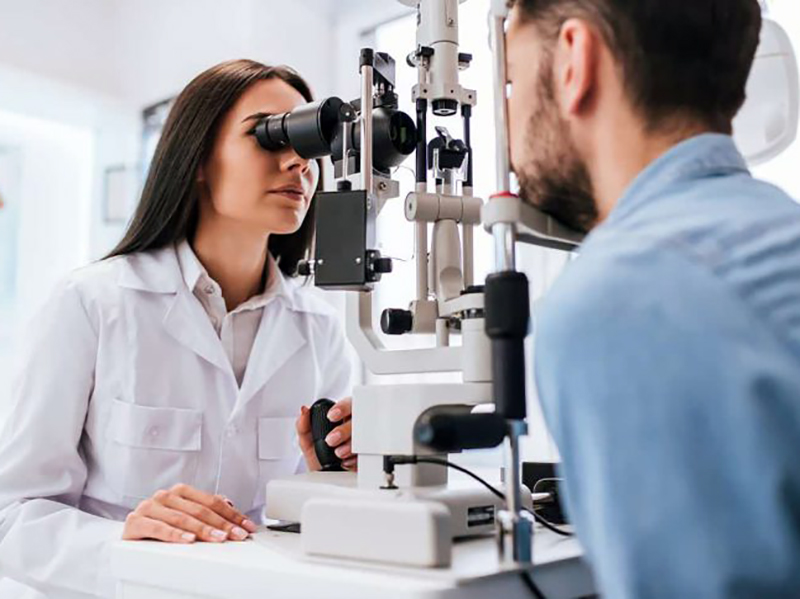Hyperopia: what this disorder is, how it is diagnosed, who it affects and how it is treated.
The eye is a fundamental organ that allows us to live well and move in serenity, but we often neglect small, medium and large ailments that could turn into more serious damage. Among these is hyperopia, a vision defect (ametropia) that often does not cause symptoms.
It can be can be easily identified thanks to an eye examination. The experts of theIAPBin a service that we propose below.
Hyperopia.
In the hypermetropic eye, light rays from infinity are focused beyond the retina (beyond the retinal plane). This is mainly due to the presence of a “short” eyeball (axial farsightedness), although other particular conditions may be the cause.
What the disorder looks like.
The hypermetropic eye can naturally correct, within certain limits, the defect through the ability to focus (accommodation). In fact, he can compensate for his visual defect by bringing the image back to the central region of the retina. This compensation is limited and can only occur for medium-low farsightedness and depends on the degree of accommodation available: it is maximum at a young age but decreases over the years.
This explains why some degree of hyperopia in youth is easily compensated for; but with advancing age it needs correction with increasingly stronger lenses, up to the total compensation of the defect. Many subjects apparently free of vision defects (emmetropic) are, in fact, mild farsighted.
Measuring Hyperopia.
Hyperopia is measured in diopters: the stronger the defect, the greater the diopters needed to correct it.
How hypermetropia is corrected.
Mild hyperopia may not show any symptoms and therefore do not require any type of correction, especially in young people.
However, frequent headaches (headaches) and visual fatigue – especially when reading – can be signs of hyperopia that is not completely corrected. People with high hyperopia have difficulties in both far and near vision and therefore need glasses or contact lenses.
A strong hyperopia, if present in a critical period of the child’s psychophysical development, can lead to a risk of amblyopia (lazy eye) and a tendency to strabismus. The child, not seeing well, does not learn to fix objects correctly. If one of the two eyes sees better than the other, the images arriving at the brain from the worst eye can be “suppressed” (the brain does not take this into account): this eye can lose the ability to stare at an object and, therefore, deflect (strabismus). To avoid these problems it is absolutely necessary to use lenses.
In addition to glasses and contact lenses, the correction of hyperopia can take place with refractive surgery using an excimer laser (the same used for myopia) or it can be corrected during cataract surgery.
–

:strip_exif()/i/2003867060.jpeg?f=fpa)
